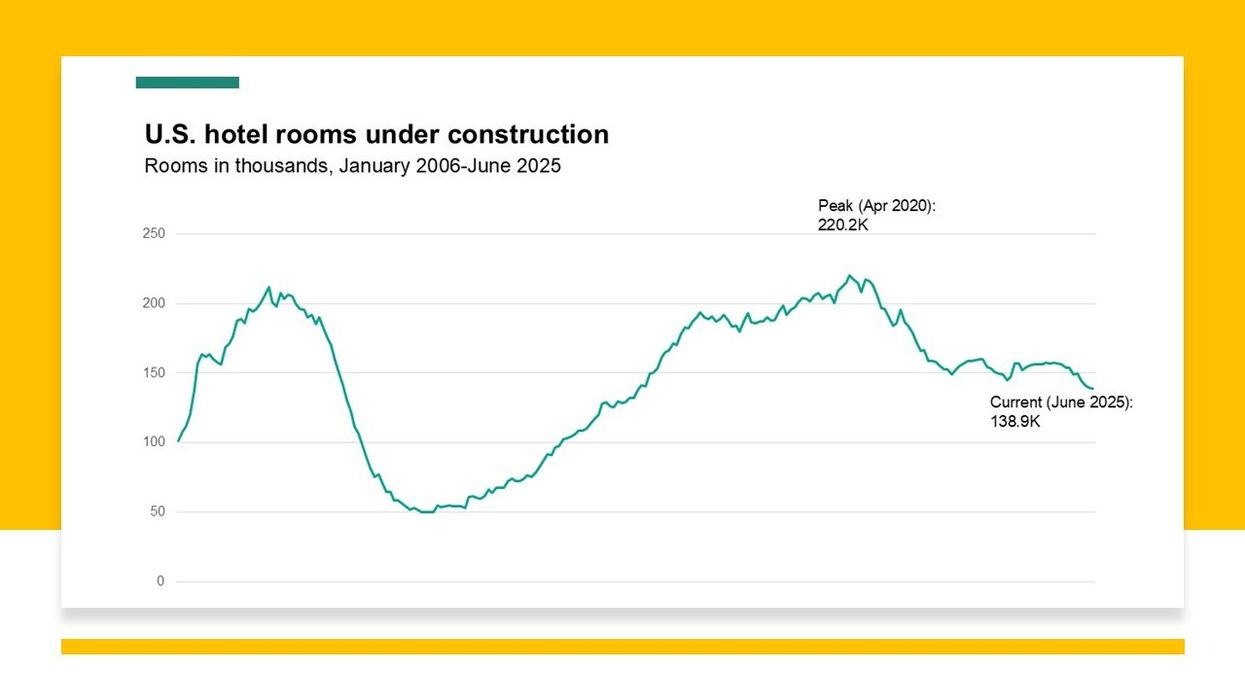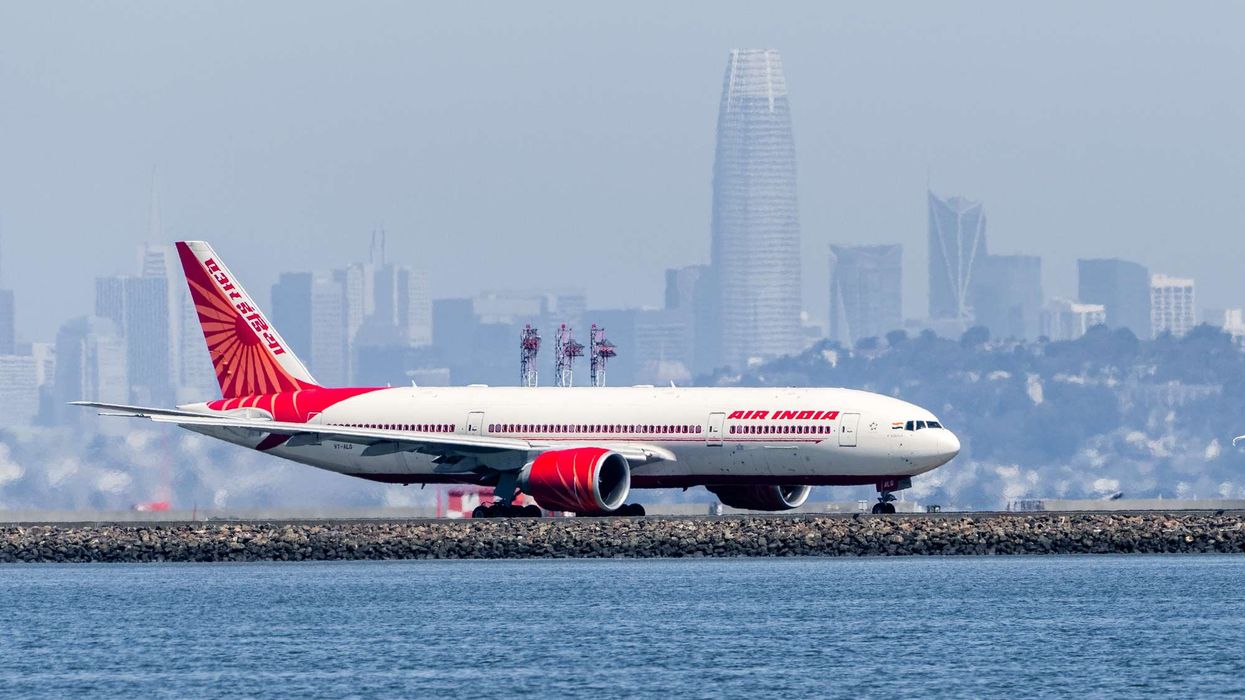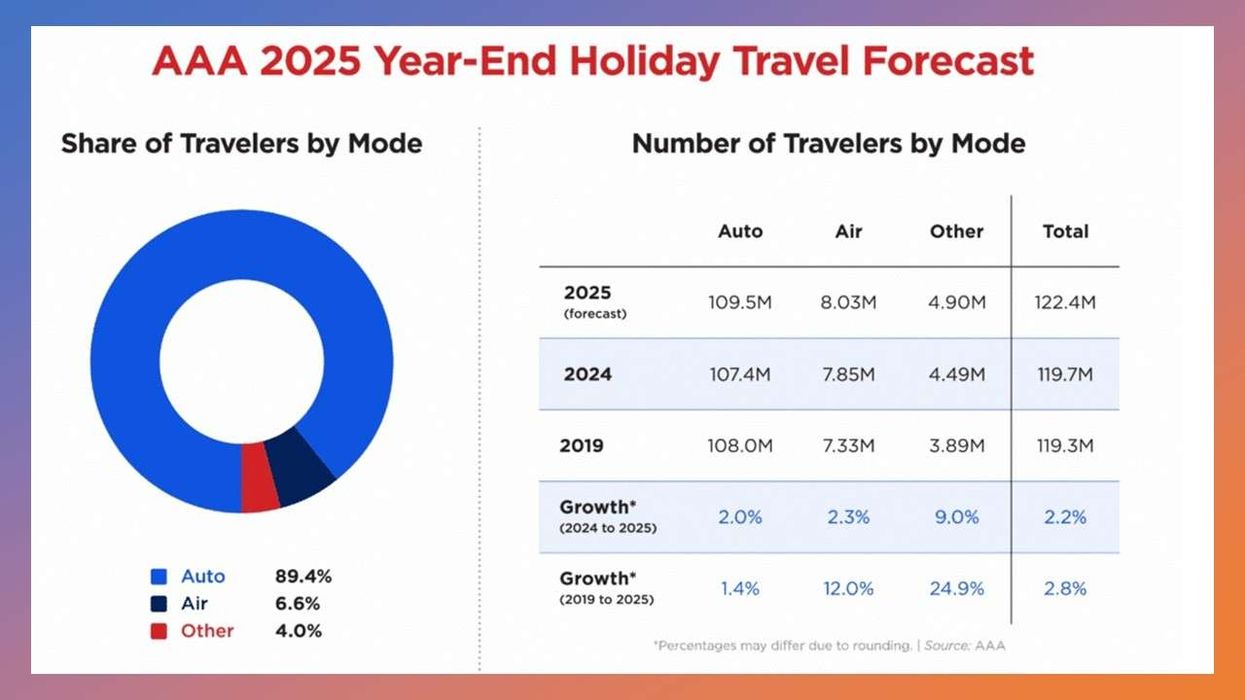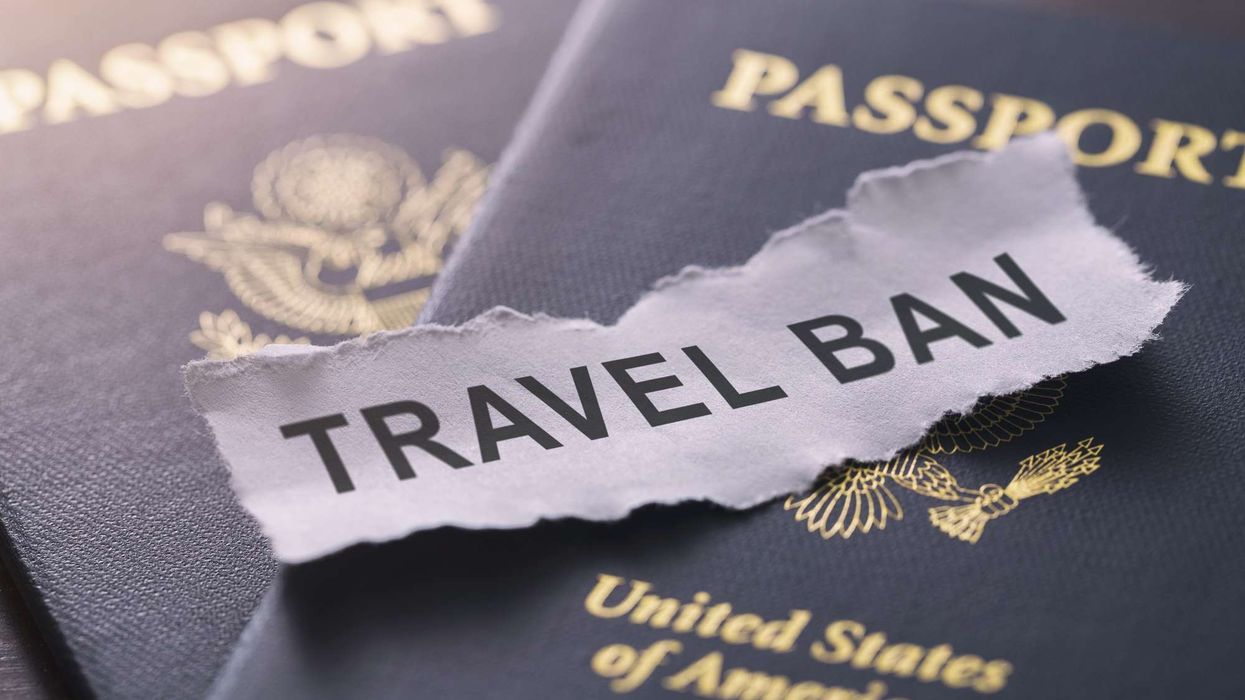Summary:
- U.S. hotel rooms under construction fell year over year for the sixth straight month in June, hitting a 20-quarter low, CoStar reported.
- About 138,922 rooms were under construction, down 11.9 percent from June 2024; the luxury segment had 6,443 rooms, up 4.1 percent year over year.
- Lodging Econometrics recently said Dallas led all U.S. markets in hotel construction pipelines at the end of the first quarter, with 203 projects and 24,496 rooms.
THE NUMBER OF U.S. hotel rooms under construction declined year over year for the sixth straight month in June, reaching a 20-quarter low, according to CoStar. Additionally, more than half of all rooms under development are in the South, mostly outside the top 25 markets.
About 138,922 rooms were under construction in June, an 11.9 percent decrease from the same month in 2024, CoStar reported. Final planning included 266,276 rooms, down 0.1 percent, while 349,802 rooms were in planning, up 4.8 percent year over year.
“With hotel demand trending downward, ongoing economic uncertainty and rising construction costs, it’s not surprising that the number of hotel rooms under construction is at a 20-quarter low,” said Isaac Collazo, STR’s senior director of analytics. “More than half of all rooms under development are in the South and mostly outside the top 25 markets. Like much of the pipeline, these rooms are in the two planning phases and many will likely not be built in the near future.”
By chain scale in June, the luxury segment had 6,443 rooms under construction, up 4.1 percent year over year. The upper upscale segment had 16,336 rooms, up 2.3 percent; upscale had 34,047, up 3.7 percent; and upper midscale had 36,718, up 3.1 percent. Midscale recorded 12,715 rooms, up 2.5 percent and economy had 5,830, up 0.9 percent.
“Most rooms under construction remain concentrated in the middle tier—upscale and upper upscale,” Collazo said. “While we expect these projects to decline, they will remain the focus of new development for the foreseeable future.”
In May, Lodging Econometrics reported that Dallas led all U.S. markets in hotel construction pipelines at the end of the first quarter, with 203 projects and 24,496 rooms.













